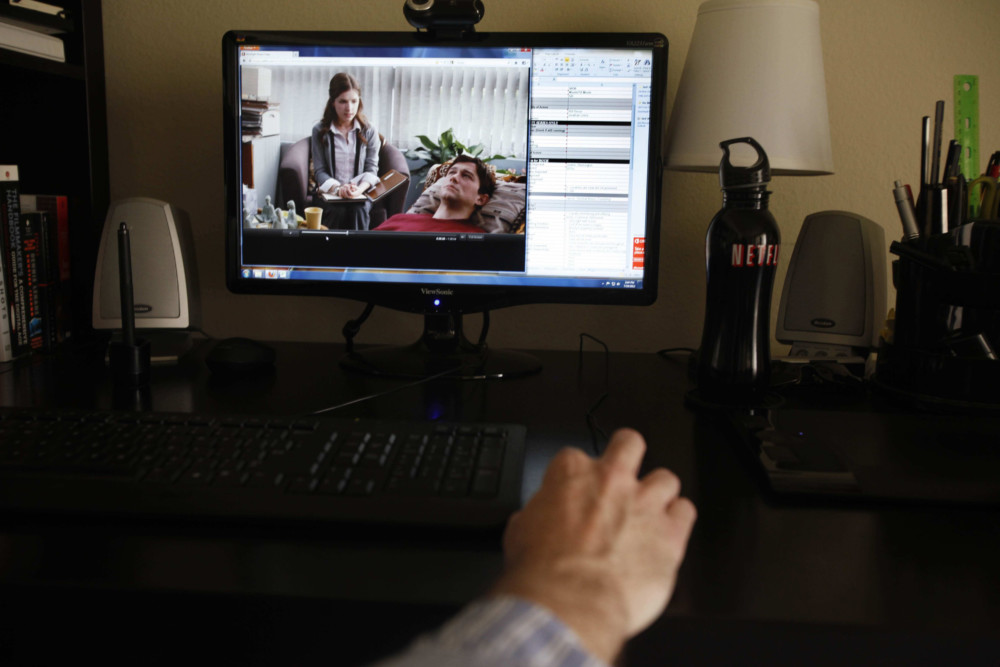By Richard Thompson
The Advocate, Baton Rouge, La.
WWR Article Summary (tl;dr) Netflix places a big emphasis on testing new approaches with groups of subscribers to learn, for example, how to provide a better experience and make users more inclined to stick around longer.
The Advocate, Baton Rouge, La.
As Netflix has grown into a global internet TV powerhouse, company officials have had to strike a balance: giving consumers a voice in product development but also trying to make sense of the extensive amount of data it collects on the habits of its more than 90 million subscribers.
Rather than just taking their feedback at face value, the key is understanding how to use the swath of information, said Adrien Lanusse, Netflix’s vice president of global consumer insights.
“Stop listening to your customers,” Lanusse said Wednesday at a panel discussion coinciding with New Orleans Entrepreneur Week. “I want you to stop listening to them. It’s gotten out of control. I want you to start understanding them instead of just listening to them.”
As more companies turn to the nearly instant feedback derived from social media channels to try to gain some insight into consumer preferences, Netflix couples that with the data, as well as testing different interfaces on varying groups of users, to better understand the habits of its global subscriber base. Those customers stream more than 125 million hours of programming each day.
Netflix also makes it easy for subscribers to cancel with only a few clicks, which “keeps us on our toes,” he said.
“It means we’ve got to figure out every day how to make our customers very happy,” he said, “so that they choose to stay and that we can reinvest their subscription dollars to make them even happier.”
The data that Netflix captures provides a glimpse into what subscribers do while they’re logged into the service, like what programs they watch and for how long. The information is helpful, Lanusse said, because it can be used to develop models that are tested to find out how to keep users engaged.
Still, it’s not perfect. “The data lacks context,” he said. “The data tells us what our members do, but not why.”
To fill in some gaps, Netflix places a big emphasis on testing new approaches with groups of subscribers to learn, for example, how to provide a better experience and make users more inclined to stick around longer.
As an example, Lanusse cited Netflix’s 2016 release of “Marseille,” a French television series. For some U.S. users, the company tested the idea of showing it with English dubbed in, even though many subscribers initially voiced a preference to watch it in French.
Some were surprised by the results.
“Those who started with the default in English actually completed the series at a higher rate than the people who started off in French,” he said.
The lesson, he said, is that past preference does not always predict a future preference, particularly when other factors — like technological advances in language dubbing — play a factor.
“We want to be inspired by our customers to come up with bold, bright ideas,” he said, “and then we want to learn from their behaviors to find out what actually matters.”














































































































































































































































































































































































